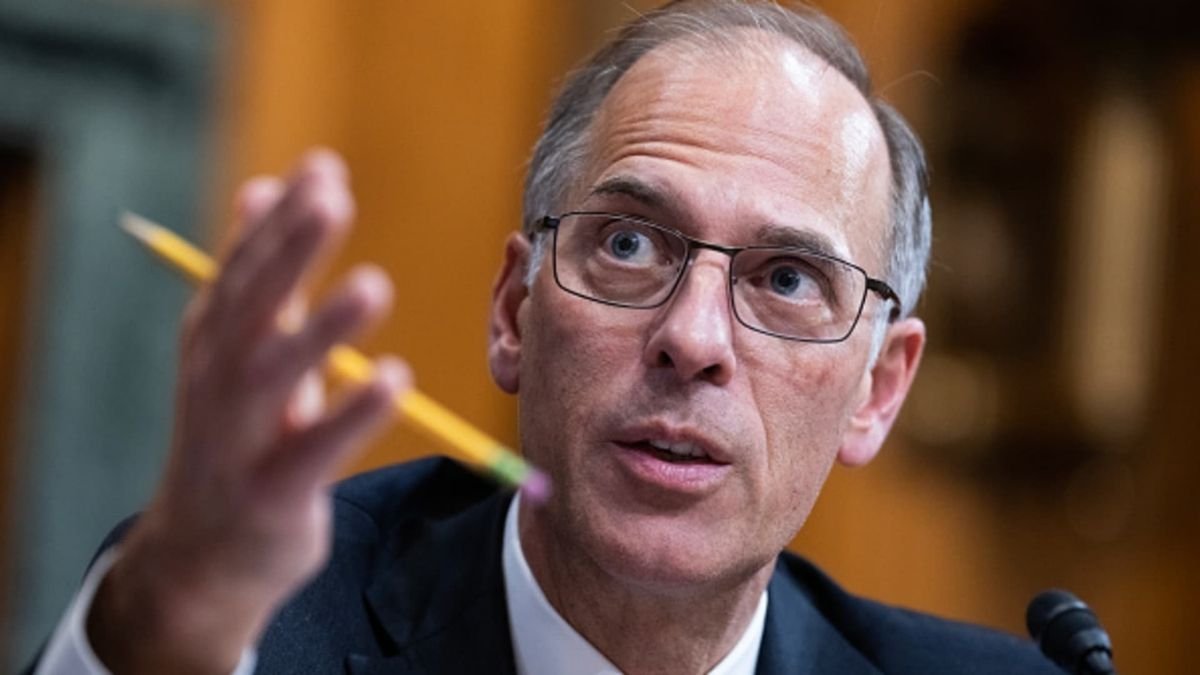A new national survey suggests that many Americans see $74,000 per year as the “perfect salary.” Yet, for many households, that figure is still far out of reach.
The research, carried out by Talker Research for SurePayroll by Paychex, polled 2,000 adults across the country. The findings highlight a gap between the pay people desire and the reality they face each month.
One in five participants said that nothing short of six figures would be enough to feel comfortable. Nearly half admitted that their current income falls short of covering the lifestyle they want. About one in four said they are flatly unhappy with what they earn.
When asked what they would do with extra money, most people focused on practical goals. Around 46 percent said they would save or invest. Another 42 percent would pay off bills or debt. A third mentioned groceries and other daily costs as their top priority. Travel and enjoyment came later on the list.
The survey shows that wage dissatisfaction is driving many to action. One in four adults reported searching for new jobs within the last three months. Around 35 percent said they are still looking now, while nearly 40 percent believe the job market is harder than in the past.
Eileen Auer, an analyst at SurePayroll, said the findings reflect a wider struggle. “People are not just chasing higher wages, they are trying to make ends meet in a costlier economy,” she explained.
Two-thirds of Americans said they are already looking for ways to earn extra income. That search is fueling a surge in side hustles, with opportunities ranging from rideshare driving to online design and voice-over work.
Over half of the respondents said they believe starting a small business can be just as reliable as working for an employer. About 32 percent of non-business owners are seriously considering taking that step. Almost 60 percent of workers said they wished they could turn a hobby into a paycheck.
These findings reveal a growing cultural shift. While many want higher salaries, people are also seeking control, flexibility, and personal meaning at work. The rise of side hustles reflects a move away from seeing traditional jobs as the only stable option.
Close to half of those surveyed said passion, not just money, motivates them to look for side income. Around 47 percent believe their personal interests could generate profit if given the right chance.
That desire for change also ties into the way workers view benefits and job conditions. About 28 percent said they want stronger benefits, while one in five said they value work-life balance or flexibility as much as higher wages.
Some respondents said they prefer working for small businesses rather than large corporations. They felt smaller teams offer closer relationships, stronger purpose, and more freedom in decision-making.
Economists note that the U.S. labor market has cooled in recent months, with slower hiring and employers tightening budgets. Inflation, though lower than in 2022, continues to weigh on household finances. These trends are shaping how people view both income and opportunity.
“Americans are adjusting their expectations in real time,” said financial adviser Thomas Kelly, who works with mid-career professionals. “It is no longer only about how much money you make, but about how you use it and how flexible your work allows you to be.”
The $74,000 figure marks an important benchmark for the average worker, but the survey makes clear that financial security depends on more than a single number. Rising living costs, job uncertainty, and personal goals all play into the equation.
[inline_related_posts title=”RECOMMENDED” title_align=”left” style=”list” number=”2″ align=”none” ids=”” by=”primary_cat” orderby=”rand” order=”DESC” hide_thumb=”no” thumb_right=”no” views=”no” date=”yes” grid_columns=”2″ post_type=”” tax=””]
What stands out most is that many workers are not waiting passively. They are searching, experimenting, and building side businesses in an effort to match their incomes to their needs and ambitions.
The study reflects both the strain and resilience within the U.S. workforce. While income gaps remain wide, the rise of side hustles shows that many are finding creative ways to close that gap and reclaim a sense of financial control.















